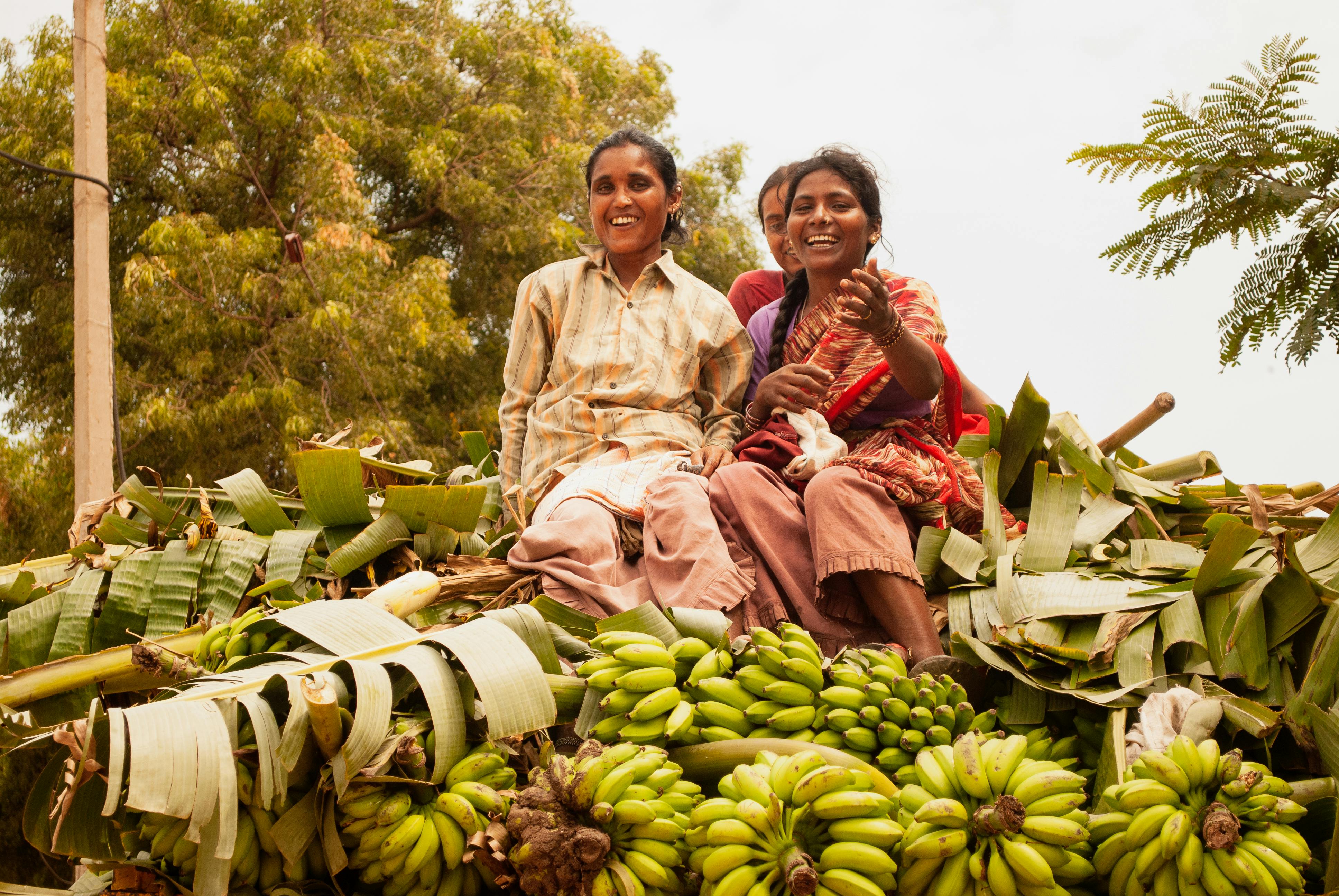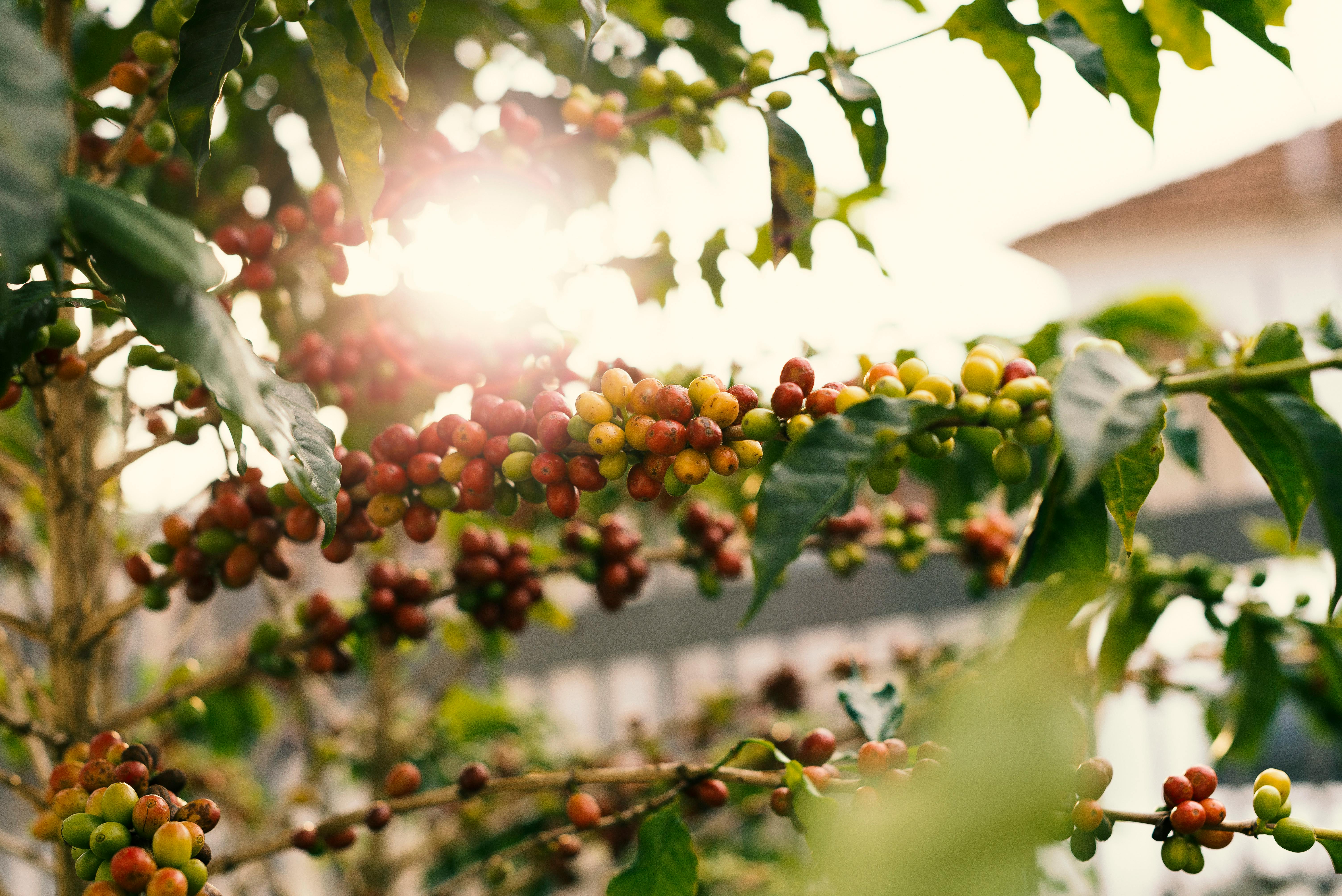Climate
Climate is one of the most important factors affecting avocado fruit production. Avocado trees require warm temperatures and plenty of sunshine to produce healthy fruits. High temperatures can cause fruit to ripen too quickly, while too much cold can damage the trees and reduce crop yields. A mild, humid climate with occasional rain is ideal for growing avocados.Soil Type
The type of soil in which an avocado tree is planted is also a major factor in its productivity. Avocado trees prefer well-drained soil with a slightly acidic pH level. The soil should also be rich in organic matter to help hold moisture and provide nutrients for the tree. Poor soil quality can lead to stunted growth or even death of the tree.Irrigation
Adequate irrigation is necessary for successful avocado production. Without regular water, the trees cannot thrive and their fruits will not develop properly. Drip irrigation systems are recommended since they can help conserve water and ensure that the trees receive just enough moisture without becoming waterlogged.Pests and Diseases
Pests and diseases are among the most common factors affecting avocado fruit production. Aphids, mites, mealybugs, scale insects, borers, thrips, whitefly, and other pests can infest an avocado tree, causing significant damage to both its foliage and fruits. Diseases such as root rot and anthracnose can also reduce crop yields if not treated properly.Fertilization
Avocado trees need regular fertilization to remain healthy and productive. The trees require specific nutrients such as nitrogen, phosphorus, potassium, calcium, magnesium, iron, zinc, manganese, sulfur and boron to grow properly and produce good fruits. Organic fertilizers are recommended since they provide a slow release of these essential nutrients into the soil.Growing Conditions for Avocado Trees
Avocado trees thrive in warm, humid climates with plenty of sun. They require full sun for at least six hours per day and temperatures between 50 to 95 degrees Fahrenheit. The soil should be well-draining and have a pH between 6.0 and 7.0. Avocado trees need regular watering, especially during the summer months when they are actively growing. They should be watered deeply once or twice a week, depending on the weather conditions and soil type. Mulching around the tree can help to conserve moisture and suppress weeds. It is also important to fertilize avocado trees regularly with a balanced fertilizer in order to promote healthy growth and fruit production. Pruning can also help to keep the tree healthy and increase fruit production by removing any dead or diseased branches or shoots.Different Varieties of Avocado Trees
Avocados are a popular fruit that is enjoyed around the world. There are many different varieties of avocado trees, each of which has its own unique characteristics. The most common varieties include the Hass, Fuerte, Bacon, Pinkerton, and Zutano.The Hass variety is the most popular type of avocado tree. It produces a large, flavorful fruit with a thick skin and creamy texture. This variety is also known for being extremely drought tolerant and can tolerate a wide range of temperatures. The Fuerte variety produces medium-sized fruits with a thin skin and smooth texture. It is less drought tolerant than the Hass but has a good flavor and can still tolerate some cold temperatures.
The Bacon variety produces large, sweet fruits with thin skins and creamy texture. It is very cold hardy but not as drought tolerant as the Hass or Fuerte varieties. The Pinkerton variety produces medium-sized fruits with thick skins and a firmer texture than other varieties. It is very cold hardy but not as drought tolerant as the other three varieties mentioned above.
Finally, the Zutano variety produces medium-sized fruits with thin skins and an intense flavor. This variety is very drought tolerant but not as cold hardy as the other varieties mentioned above. Each of these varieties have their own unique characteristics that make them desirable for different uses in cooking or for eating fresh off the tree. Whether you’re looking for something sweet or something savory, there’s an avocado tree out there to suit your needs!
How to Tell When an Avocado Tree is Ready to Produce Fruit
Avocado trees are a great way to add a little extra flavor and nutrition to your daily meals. But, if you’re new to growing an avocado tree, you may be wondering exactly when your tree will produce fruit. Fortunately, there are a few signs that can help you tell when an avocado tree is ready to produce fruit.The first sign that your avocado tree is near readiness for fruit production is the appearance of flowers. Avocado trees produce small flowers that will bloom in the spring. These flowers are white and bell-shaped and usually appear at the end of branches. If you see these flowers, then it’s likely that your tree is ready to produce fruit soon.
Another way to tell if your avocado tree is getting ready for fruit production is by looking at its leaves. During the time of year when your tree should be producing fruit, its leaves should look green and healthy. If the leaves look yellow or faded, then it’s likely that the tree isn’t getting enough nutrients or sunlight and won’t be able to produce any fruits in the near future.
Lastly, one of the most reliable ways to tell when an avocado tree is ready for fruit production is by looking at its trunk and roots. If you notice that its trunk has become thick and strong and its roots have grown outwards from the trunk, then it’s likely that your tree is well established enough for it to begin producing fruits anytime soon!
Knowing how to tell when an avocado tree is ready for fruit production can help you make sure that you get the most out of your avocado crop each season. With these tips in mind, you can make sure that your avocado trees are always producing delicious fruits for years to come!

The Role of Pollination in Fruit Production
Pollination is an important process in the production of fruits. It is the transfer of pollen from the male reproductive organs of a flower to the female reproductive organs, which then results in fertilization and the subsequent development of a fruit. Without pollination, flowers would not be able to produce fruits and many plants, including many fruit-bearing species, would not be able to survive.Pollination is typically carried out by insects such as bees, moths, butterflies and other flying insects. They are attracted to flowers due to their scent or color and when they visit them they transfer pollen from one flower to another. This pollen then fertilizes the female parts of the plant resulting in fruit production. Other animals or even wind can also aid in pollinating flowers but most plants rely on insect pollinators for successful fruiting.
In some cases, farmers may have to undertake hand-pollination in order for their plants to produce fruit as certain varieties may require a specific type or amount of pollen which cannot be provided by natural pollinators alone. In addition, certain crops such as some types of melons and squash can only be pollinated by hand due to their flower structure which prevents insect access and therefore requires manual intervention for successful fruiting.
In conclusion, pollination plays a vital role in the production of fruits and without it many plants would not survive. Insects such as bees are usually responsible for transferring pollen from one flower to another but sometimes manual intervention is required for successful fruiting.
Fertilizing an Avocado Tree for Maximum Fruit Production
Fertilization is an important part of growing a healthy, productive avocado tree. By using the right fertilizer, you can ensure the tree has all of the essential nutrients it needs to grow strong and produce plenty of fruit. The type of fertilizer you use will depend on the age and size of your avocado tree. Young trees should receive a balanced fertilizer with equal amounts of nitrogen, phosphorus, and potassium. Older trees may benefit from a fertilizer that is higher in nitrogen and potassium.Your avocado tree should be fertilized three to four times a year during its growing season which usually runs from spring to late summer. In order to ensure that the fertilizer is being properly absorbed by the tree’s roots, water it in after application. If your soil is acidic, you may want to add some lime or dolomite to help raise the pH level.
When fertilizing an avocado tree, it’s important not to overdo it as too much fertilizer can burn or stress out the plant. Overly high levels of nitrogen can lead to leaf burn and reduce fruit production, so be sure to follow the instructions on the package carefully when applying fertilizer. It’s also important to choose a fertilizer that is specifically formulated for avocados as this will provide your tree with all of the necessary nutrients it needs in order for it to thrive and produce abundant fruit.
What Factors Influence When Avocado Trees Start Producing Fruit?
The timing of fruit production in avocado trees is influenced by several factors, including tree age, variety, and environmental conditions. To determine when will my avocado tree produce? consider the local climate, soil quality, and proper care, as these elements significantly impact fruiting cycles.
Harvesting Avocado Fruits
Harvesting of avocados is done when the fruit is ripe. The best time for harvesting depends on the variety of avocado and the climate of the area. Generally, it takes about 6 to 8 months from flowering for the fruit to be ready for picking. In cooler areas, it may take up to 9 months. The color and size of the fruit can be used as indicators for determining when to pick them. Ripe avocados have a deep green or purple-black color and they are slightly soft to touch. To avoid bruising, handle the fruits with care during harvest.Storing Avocado Fruits
After harvesting, avocados should be stored in a cool and dry place away from direct sunlight. Avocados can be stored at room temperature for 2-3 days or refrigerated for up to one week. To extend its shelf life, wrap each avocado in a newspaper or paper towel and store it in a plastic bag or container with air holes punched in it. This will prevent oxidation and help retain its freshness longer.
Conclusion
Avocado trees are a highly rewarding crop to grow. They may not produce fruit for the first couple of years, but when they do, they can be a great source of income and an abundant supply of fresh avocados for the household. To ensure that avocado trees produce fruit, they should be properly cared for and planted in the right conditions. Avocado trees need plenty of sunlight and water, as well as regular pruning and fertilization. Additionally, it’s important to understand the different types of avocado tree and when each type will produce fruit in order to maximize yields. With proper care, avocado trees can provide nutritious fruits for many years to come.Avocados are an incredibly popular and versatile fruit that can be used in a variety of dishes. Growing an avocado tree at home is a great way to enjoy fresh avocados year-round. Although it may take some time for the tree to produce fruit, with proper care and patience, you’ll soon have an abundance of avocados right at your fingertips!



